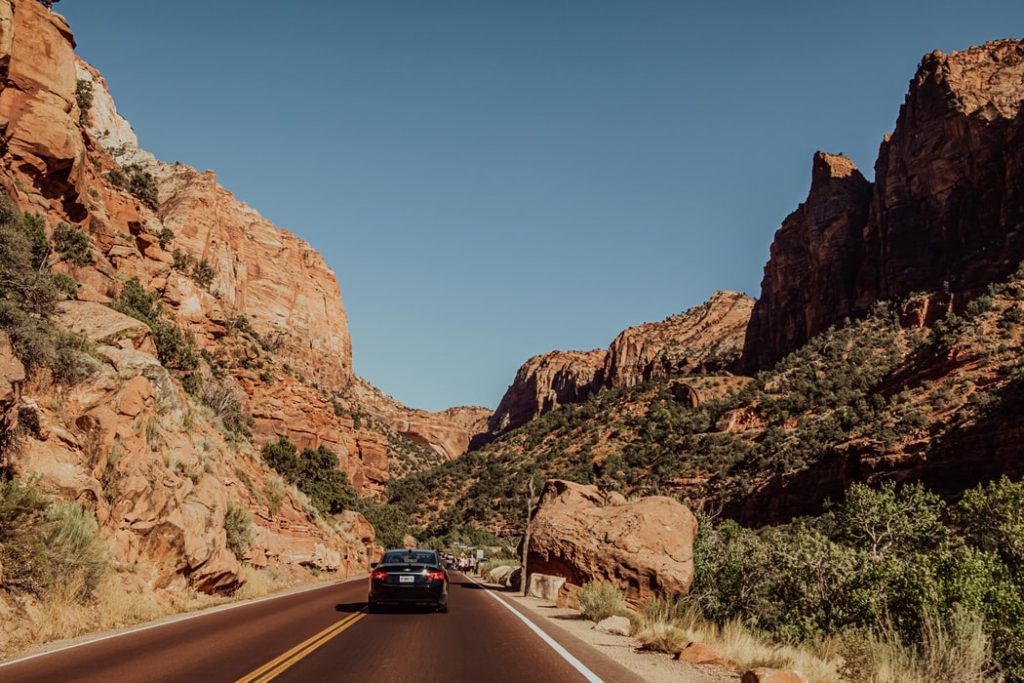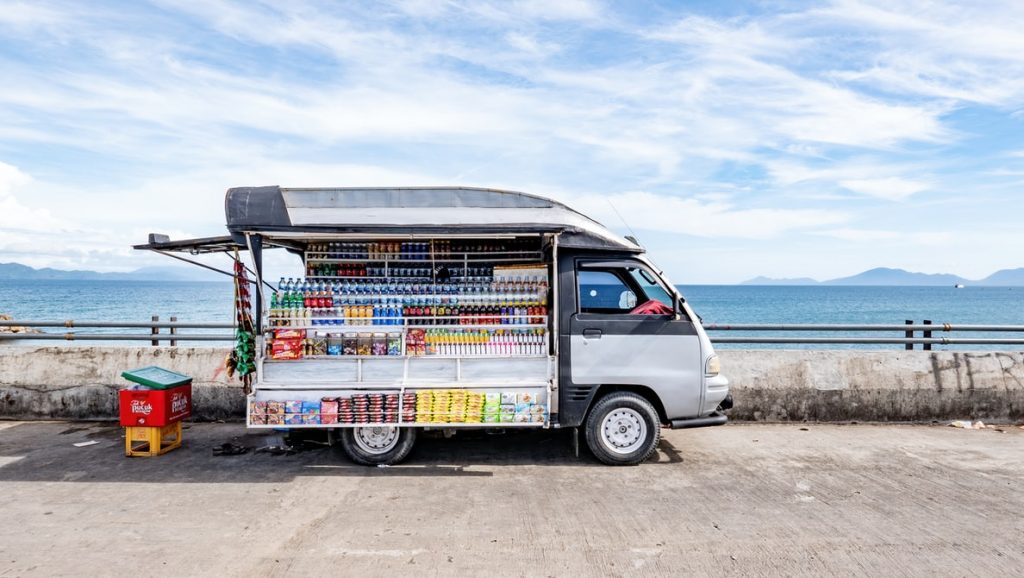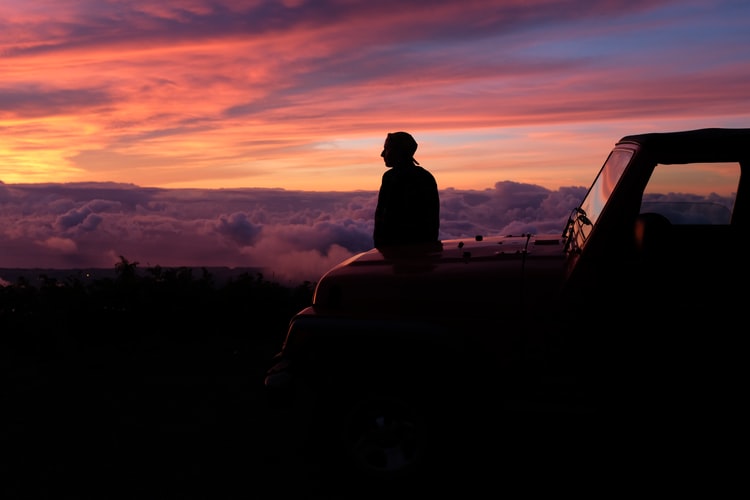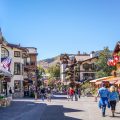When it comes to road trip 101 — one of the first question that comes to mind — should you plan everything to the tee? For somethings, you probably should. However, to truly experience the romance of great open roads leading to the horizon, let the nature of a road trip work its magic. Follow our trips to help plan for the things you need to, and leave everything else — for example, the sunset, the stunning views and life-enriching memories — to serendipity.
There’s no such thing as “perfect” in travel — least of all when it comes road trips. Exploring our world should be a glorious and messy thing, not merely about getting from point A to point B. What makes our journeys so special are the detours, the unexpected turns, the local tip that took you down a path you didn’t know existed, or the street you happened to come across while following your internal GPS. Follow these tips for the perfect road trip.
1. Road trip 101: Do your homework
What this means is being prepared but not overcomplicating things. Road trips will require some researching and planning, especially if you want to avoid being disappointed. You don’t need to have every teeny tiny detail mapped out, but it helps to have an idea of things. That means having a rough route that you want to take, a budget, a time frame, buying necessary insurance coverage, and maybe even learning how to change a tire!
Also, don’t be ruled by your itinerary, if you’re passing by something and it sparks your interest make it a point to check it out. Who knows when you’ll get the chance to that again? So definitely include a few extra days on your road trip, so you have the freedom to explore.
2. To choose the scenic route or not to
Taking the scenic route sounds good in theory, but the reality could be that you’re driving along pretty boring country roads with the best of intentions for hours. Make your route more scenic by shaping your road trip around what are known as anchor stops. This is where your homework comes in handy!
The best part of a road trip is the potential for sightseeing, especially if you’re driving along a route known for beautiful scenery, famous landmarks, natural sites and national parks also known as anchor stops. Research and plan these kinds of excursions and make them part of your road trip rather than trying to figure this out on the fly — for example, you might show up to a place where entrance tickets are sold in advance and having not known this be disappointed if you can’t get access. Creating a road trip dotted with anchor stops will make for an unforgettable one.

3. Make a playlist
Music helps to keep the energy levels up, and some songs will become synonymous with your trip and bring back good memories long after you’ve come home. Save your precious data plan by downloading all your playlists before setting out. If you end up in a remote area without signals, it can be a bit of a pain.
4. Download podcasts
Don’t just rely on music! Being on the road is a great time to listen to podcasts, and it can help you to mix things up, learn a new skill or dive into an exciting topic. You could also find travel podcasts about destinations you are visiting so you can learn more about them while on the road.

5. Keep cash on you
A lot of national parks, small food joints, and other places don’t often accept credit card, so you’ll need to keep cash on you to pay for these things along the way!
6. Buy snacks
It can be tempting to load up on salty chips and candy while on the road, but you want to mix these treats with fresh fruit, granola bars made with natural sugars and veggies. Stock up on goodies to snack on at grocery stores — not only will you get more choice, but you’ll also save quite a bit of money in the long run — gas stations can be quite expensive!
In grocery stores, you can also pick up baby carrots, healthy popcorn and crackers, grapes, smoothies, nuts, and snack-sized cheeses — stash them all in a cooler. Remember also to stay hydrated and drink plenty of water.
Pro tip: Look out for farmers markets on your route! They are a gold mine for picking up fresh local produce on the road.

7. Top up on fuel as much as possible
Fill your tank up as much as possible because you never know when you might come across a stretch of road where there’s no gas station in sight. If you’re stopping off somewhere like a small down or making a pitstop by a gas station, make sure to fuel up. Likewise, if you’re driving an electric car, keep that baby charged.
8. Drive as much during daylight
Drive during the day and rest at night, and to catch an incredible sunset, the best time to set out is around 6 am. You’ll also beat traffic and reach your next stop with plenty of time to still enjoy some daylight hours.

9. Keep it local
As well as asking locals for their tips on where to eat and what to do — after all, they know the area best — make it a point to shop local, eat local, and stay local as much as you possibly can.
10. Schedule breaks the right way
You don’t have to leave everything up to serendipity. The beauty of planning your route well is that you can schedule your breaks in a way so that they collide with breathtaking views and vistas and the kind of stuff that makes road trip movies so epic. Split your breaks between nature spots and truck stops.


